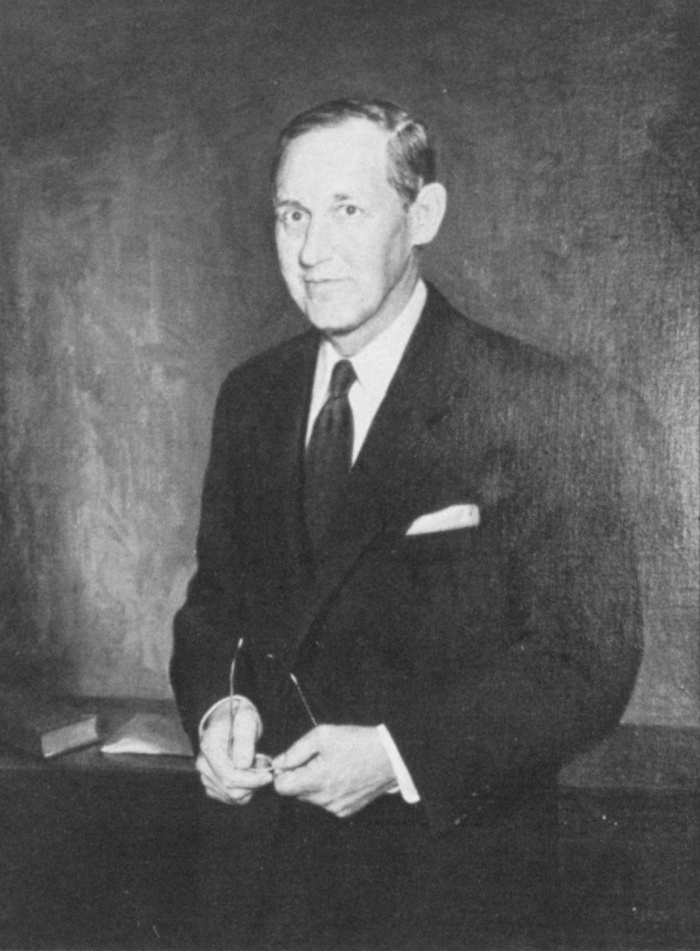Harry Lloyd Hopkins (August 17, 1890 – January 29, 1946) was an American social worker, the 8th Secretary of Commerce, and President Franklin Delano Roosevelt‘s closest advisor on foreign policy during World War II. He was one of the architects of the New Deal, especially the relief programs of the Works Progress Administration (WPA), which he directed and built into the largest employer in the country. In World War II, he was Roosevelt’s chief diplomatic troubleshooter and liaison with Winston Churchill and Joseph Stalin. He supervised the $50 billion Lend-Lease program of military aid to the Allies.
Harry Hopkins’ Significance
At the Yalta conference of February 1945, the second meeting of the Big Three, Stalin got practically everything he wanted, including a free hand in Eastern Europe. Yet Harry Hopkins, FDR’s close aide, told the president, “The Russians have given us so much at this conference that I don’t think we should let them down.” What the Russians had granted was their willingness for the Soviet Union to have three votes in the proposed United Nations instead of the sixteen that they had originally demanded. (How generous.) Stalin had been somewhat forthcoming on the issue of the United Nations since he could see the importance that FDR attached to it, and realized that he was likelier to win concessions for himself on other issues if he made conciliatory gestures on this one, which he considered of relatively little significance.
Cite This Article
"The Significance of New Deal Architect Harry Hopkins" History on the Net© 2000-2024, Salem Media.
July 27, 2024 <https://www.historyonthenet.com/harry-hopkins-significance>
More Citation Information.






